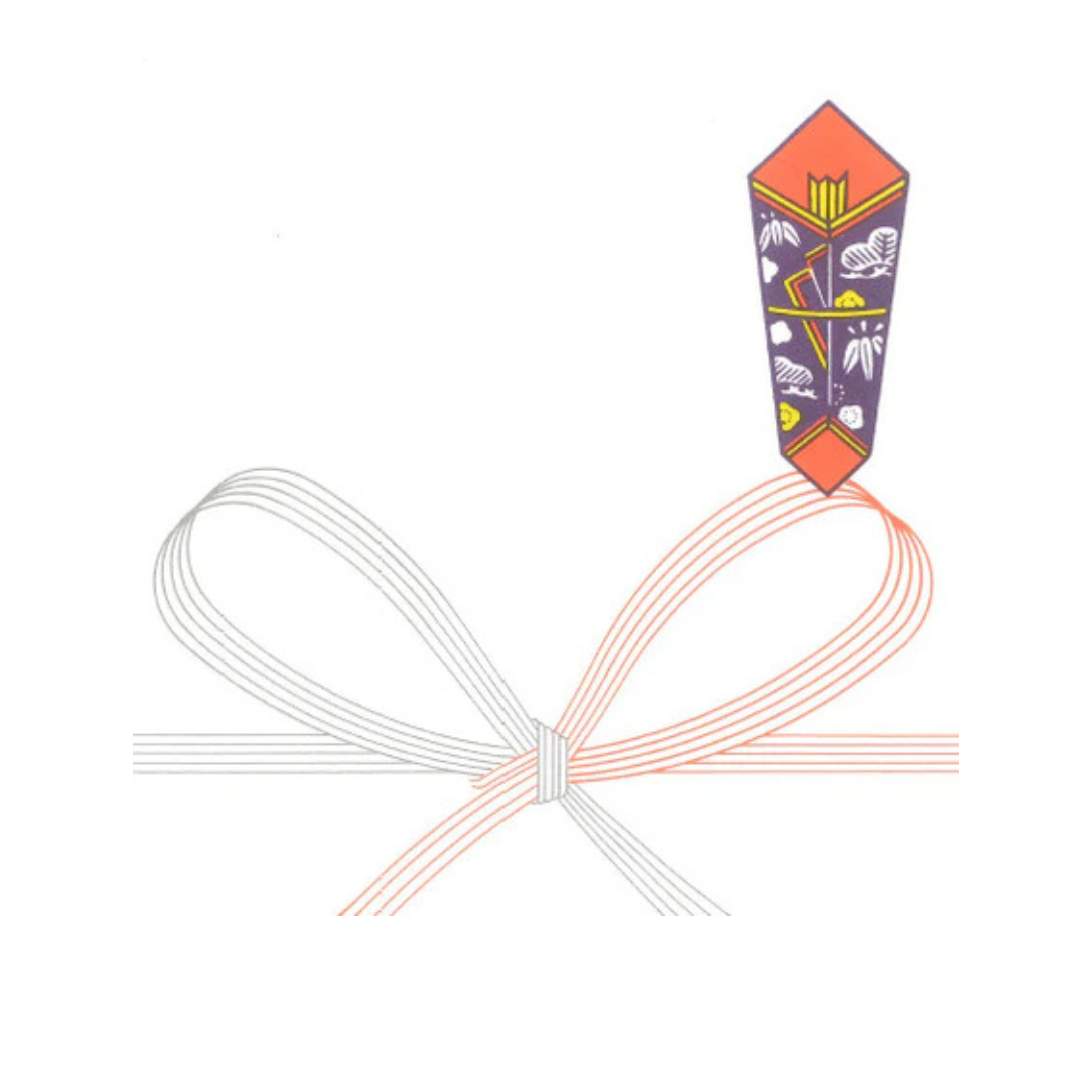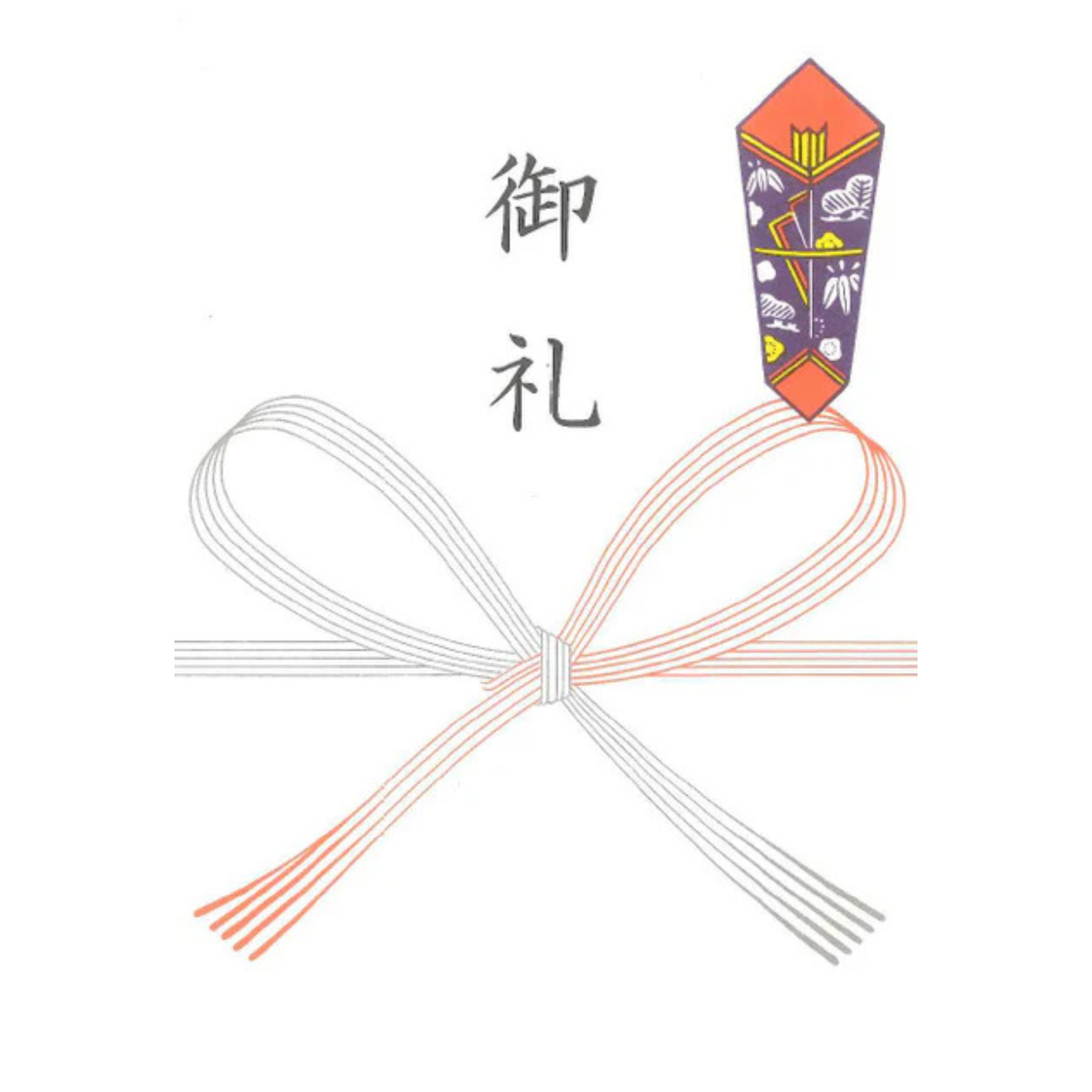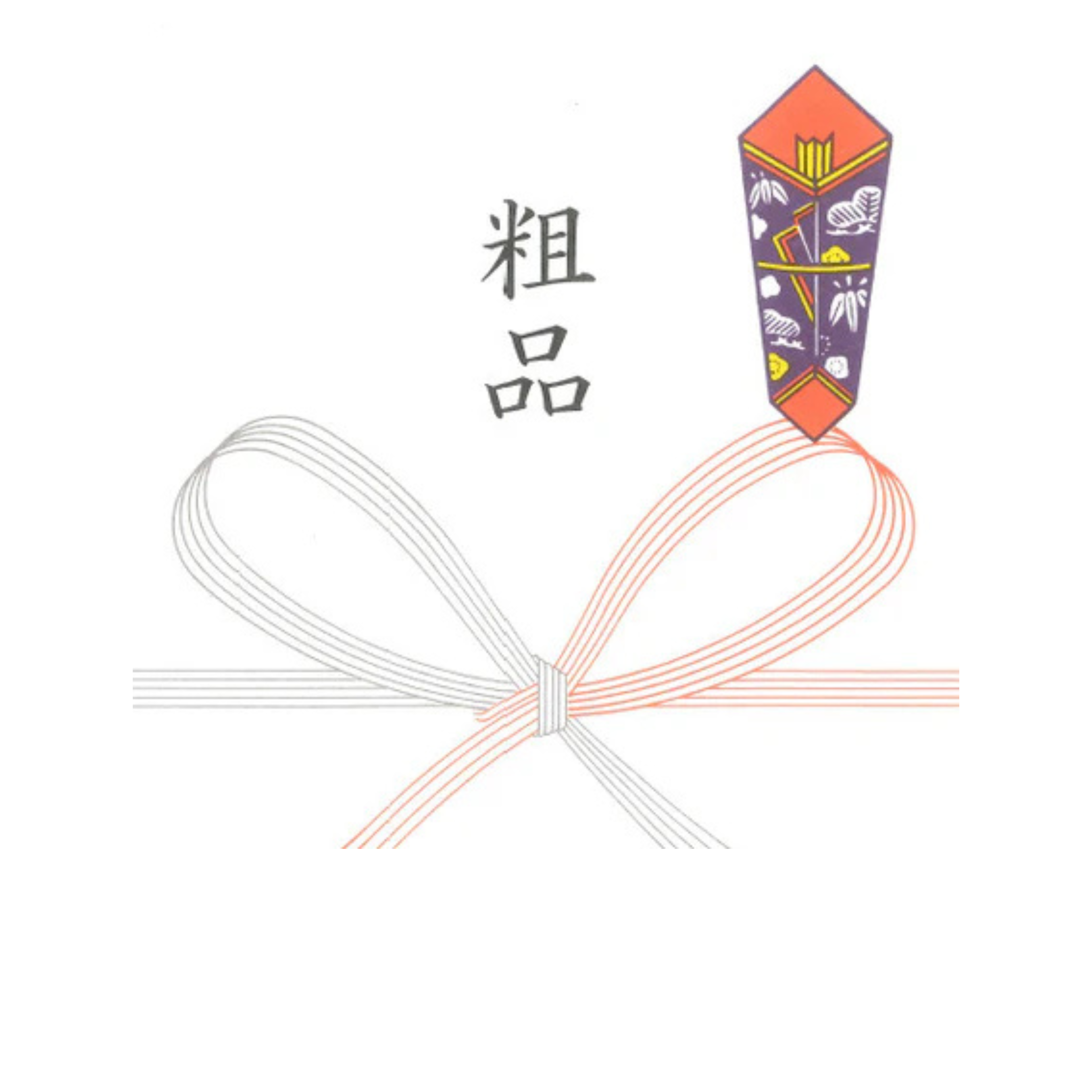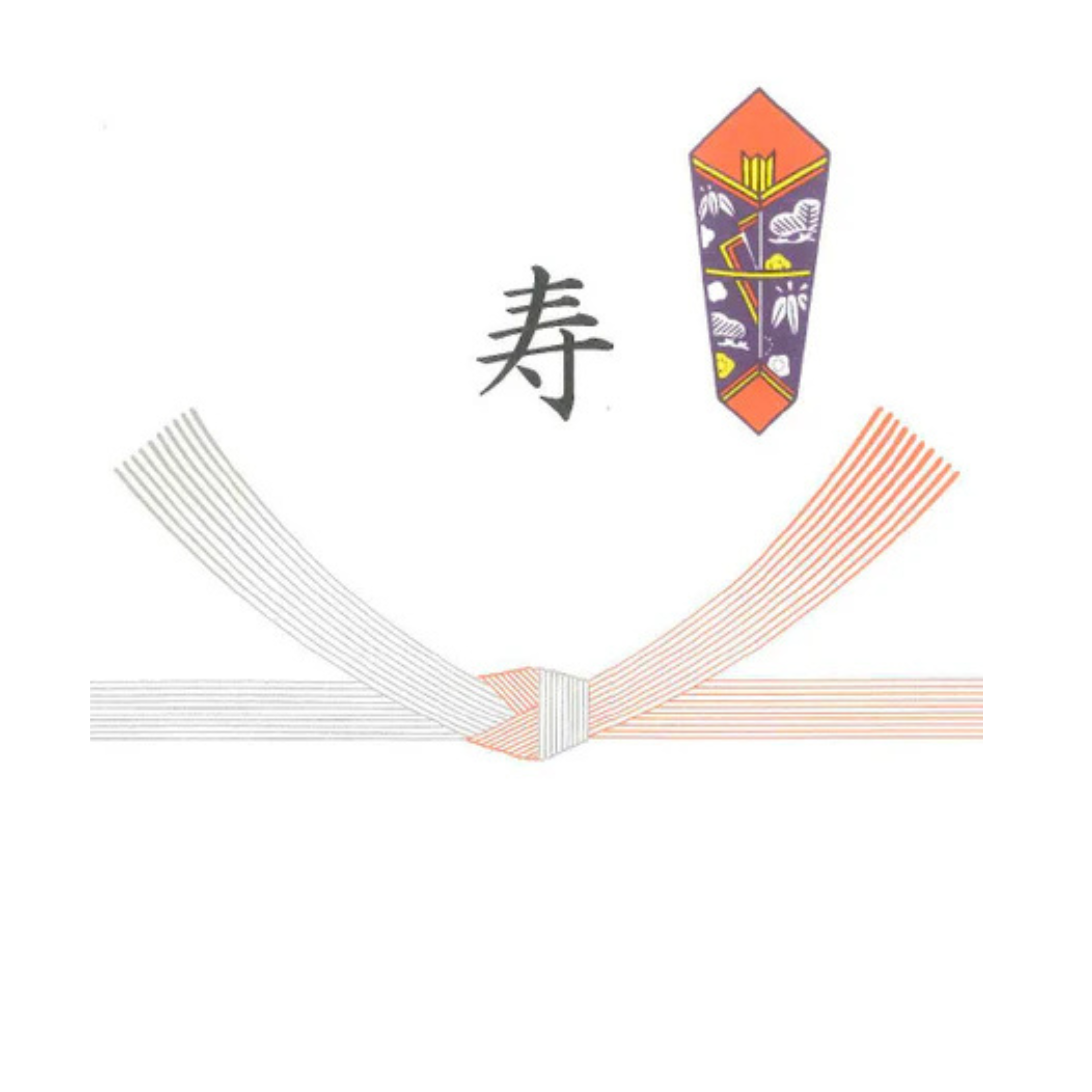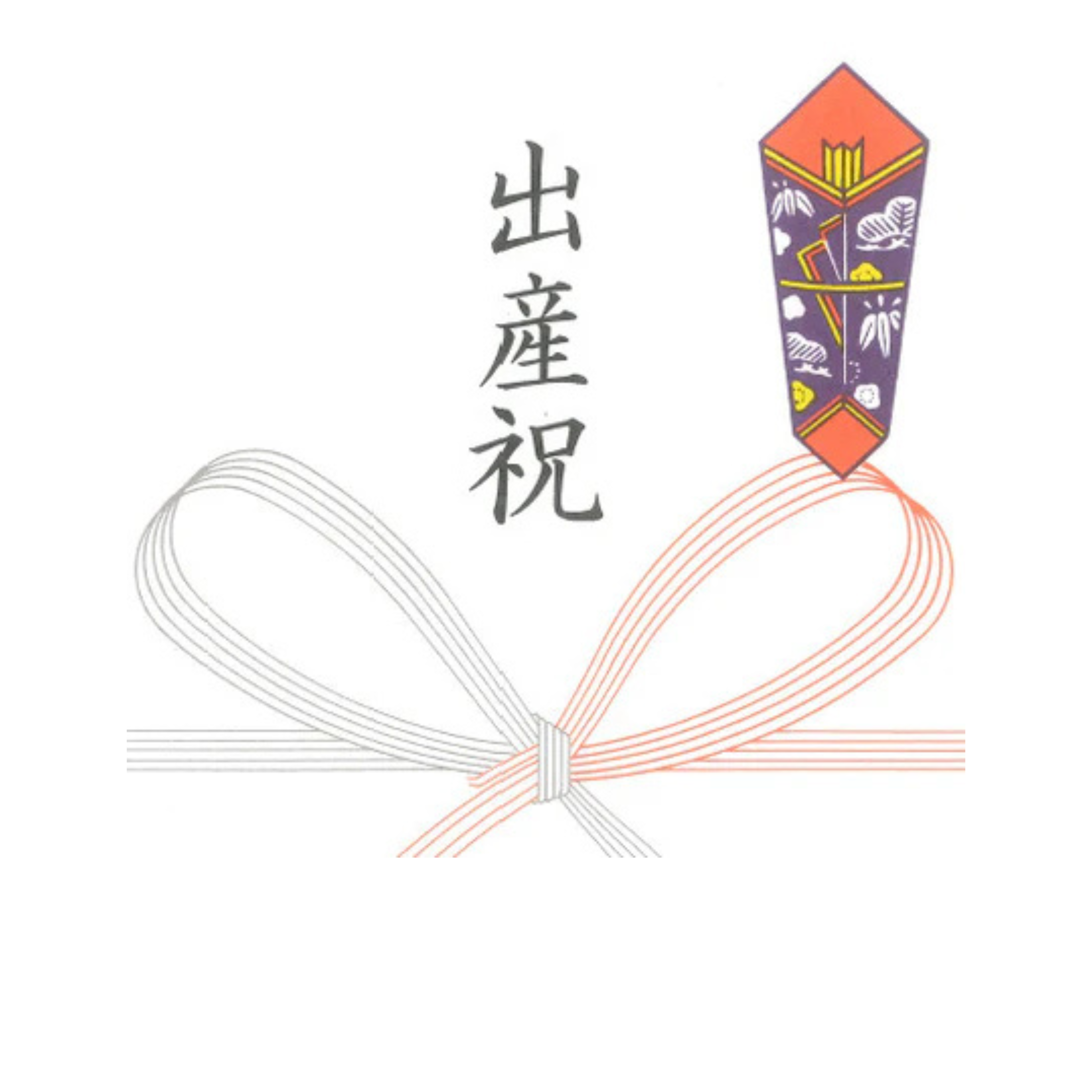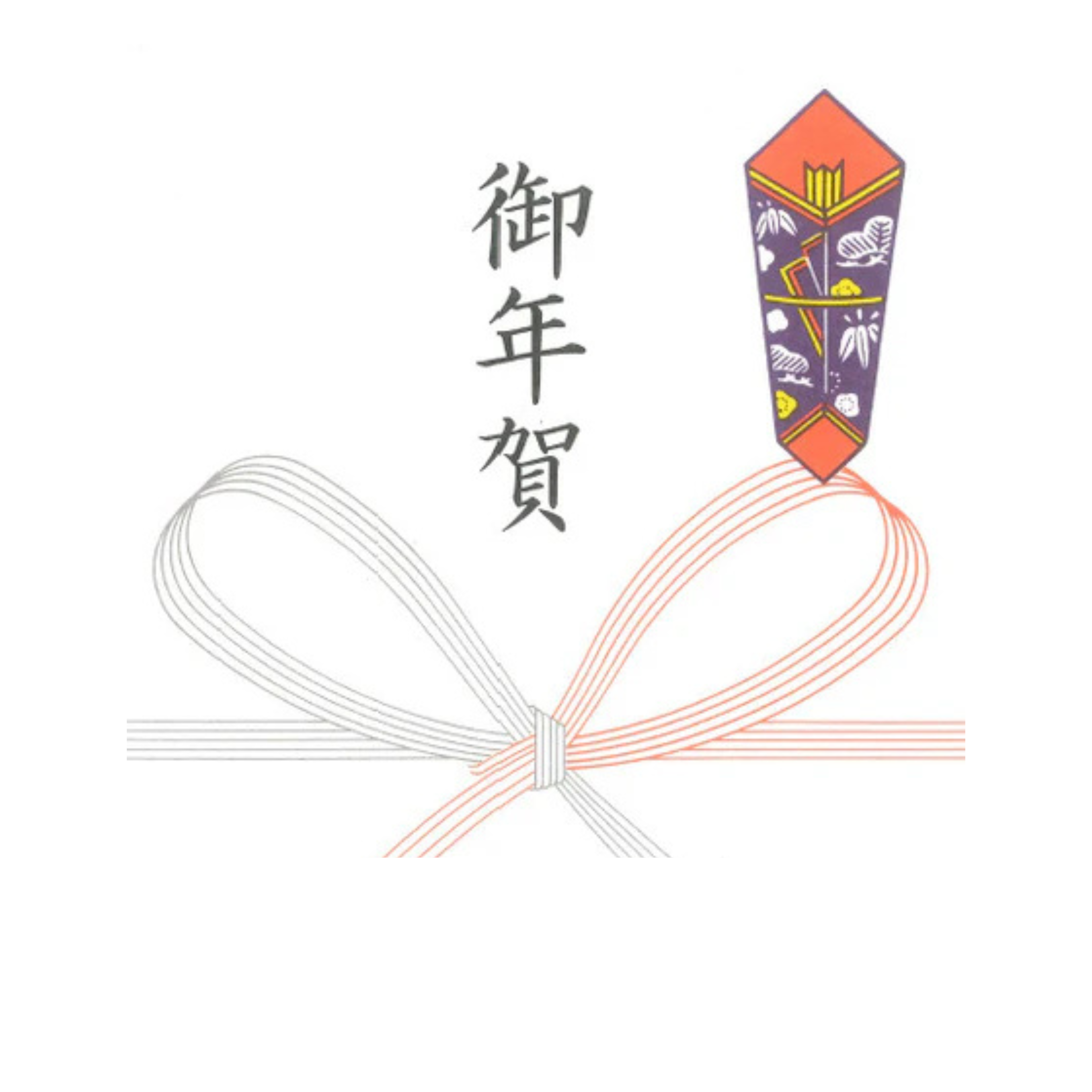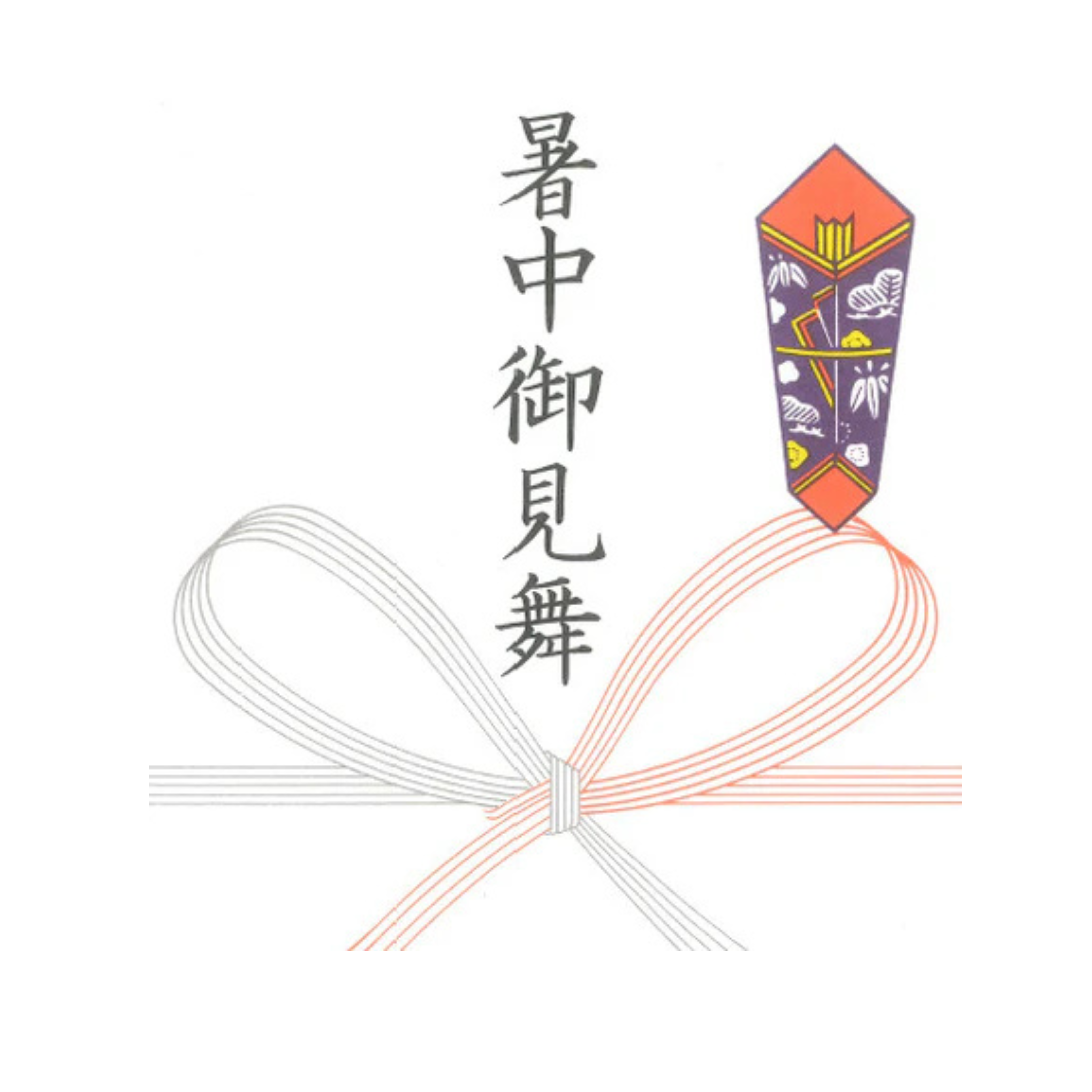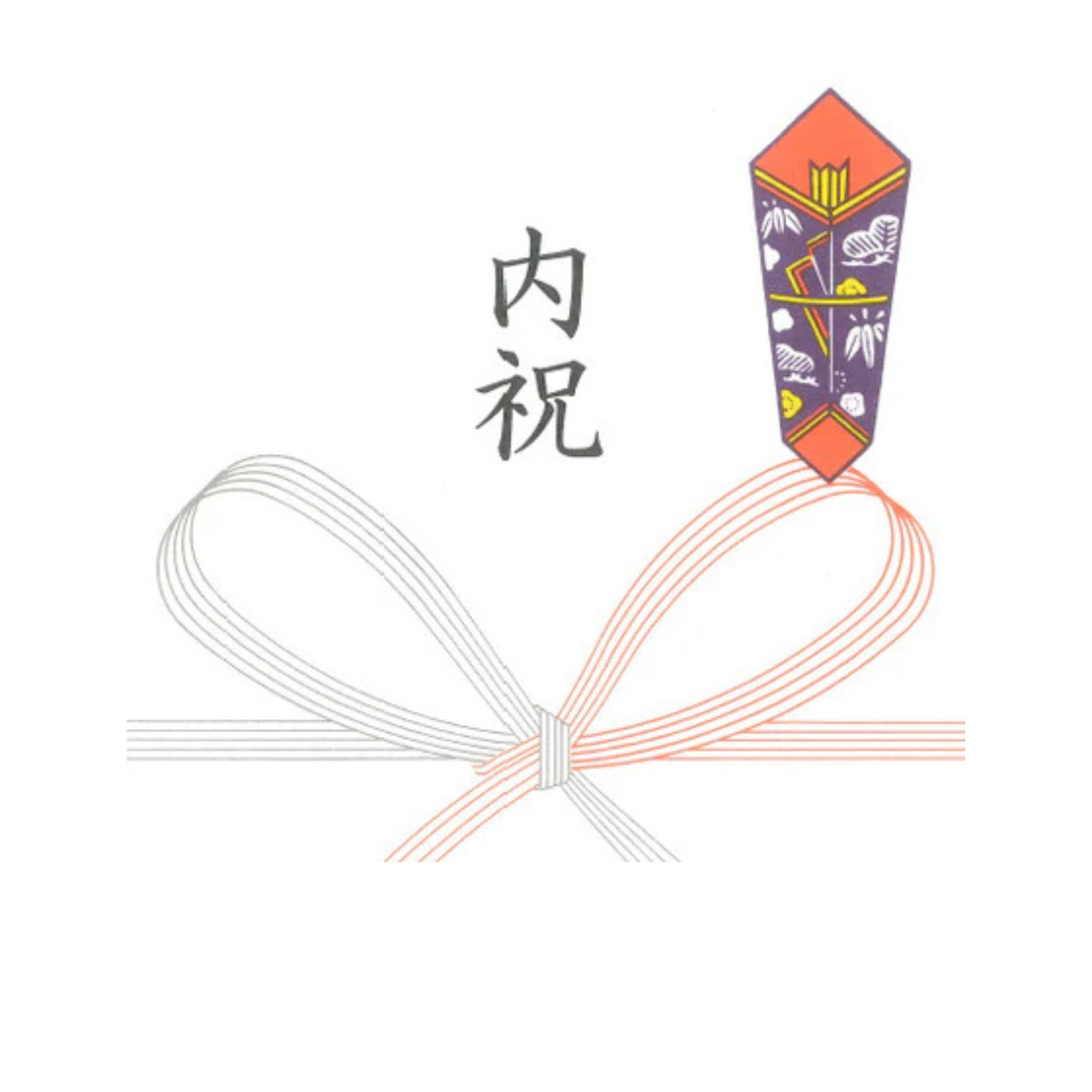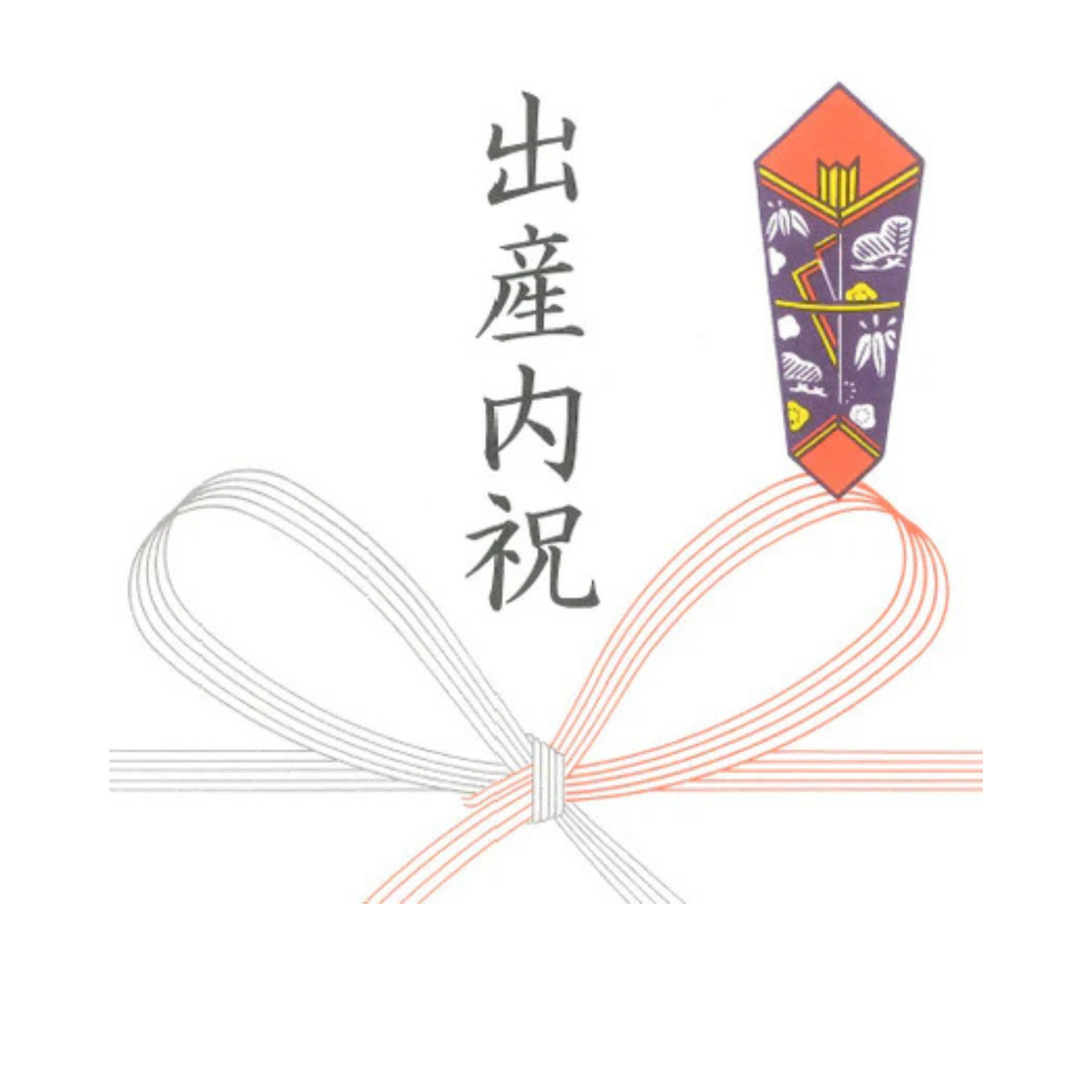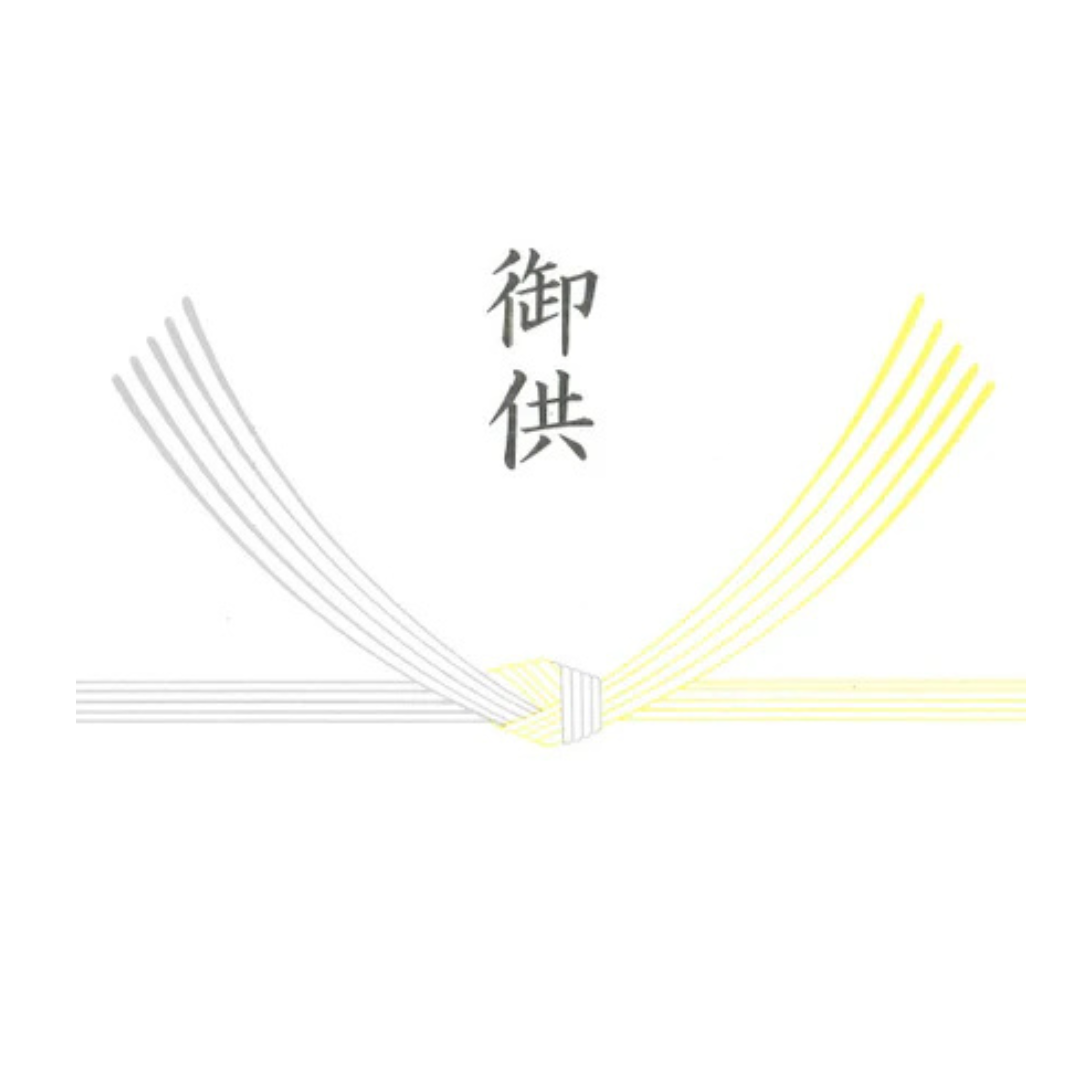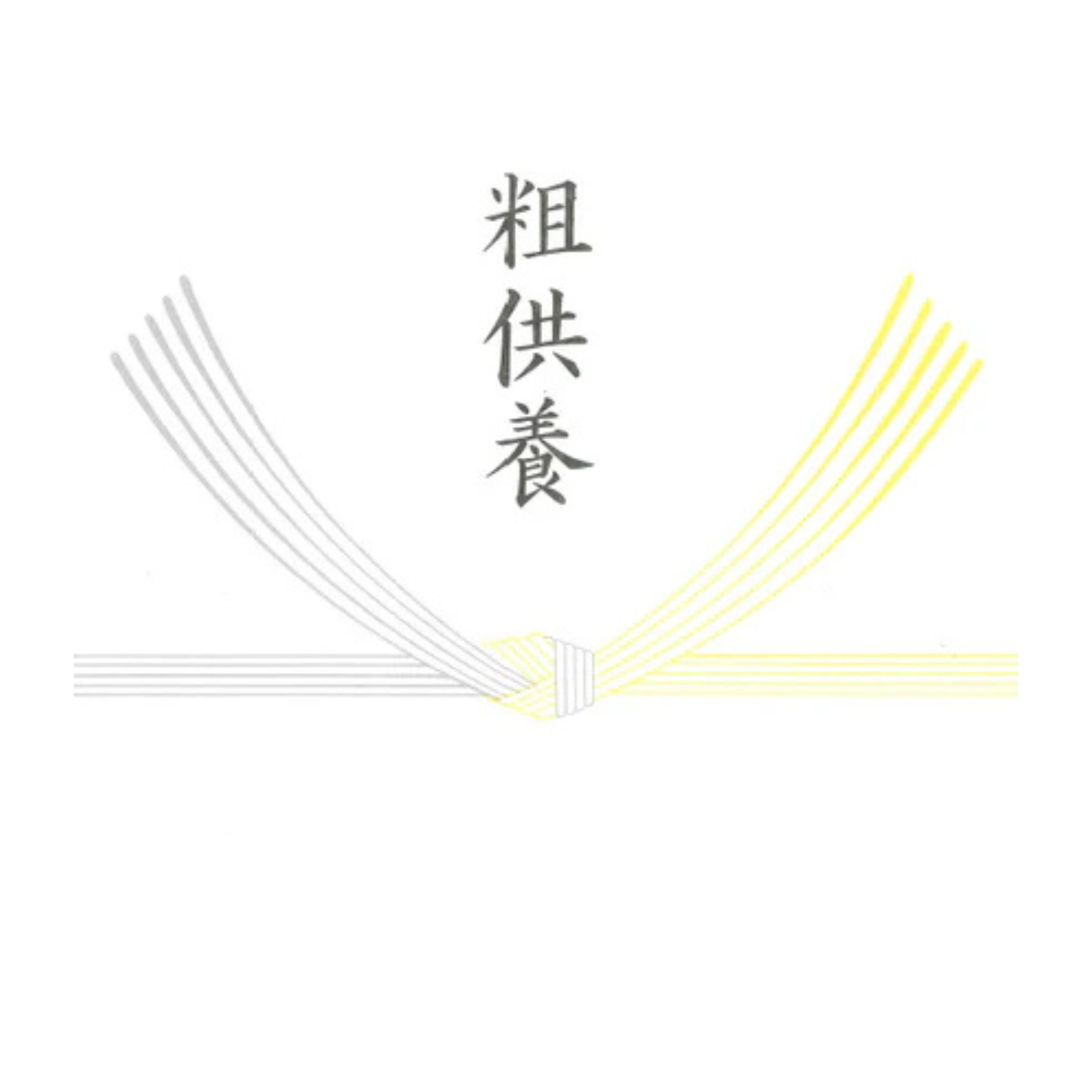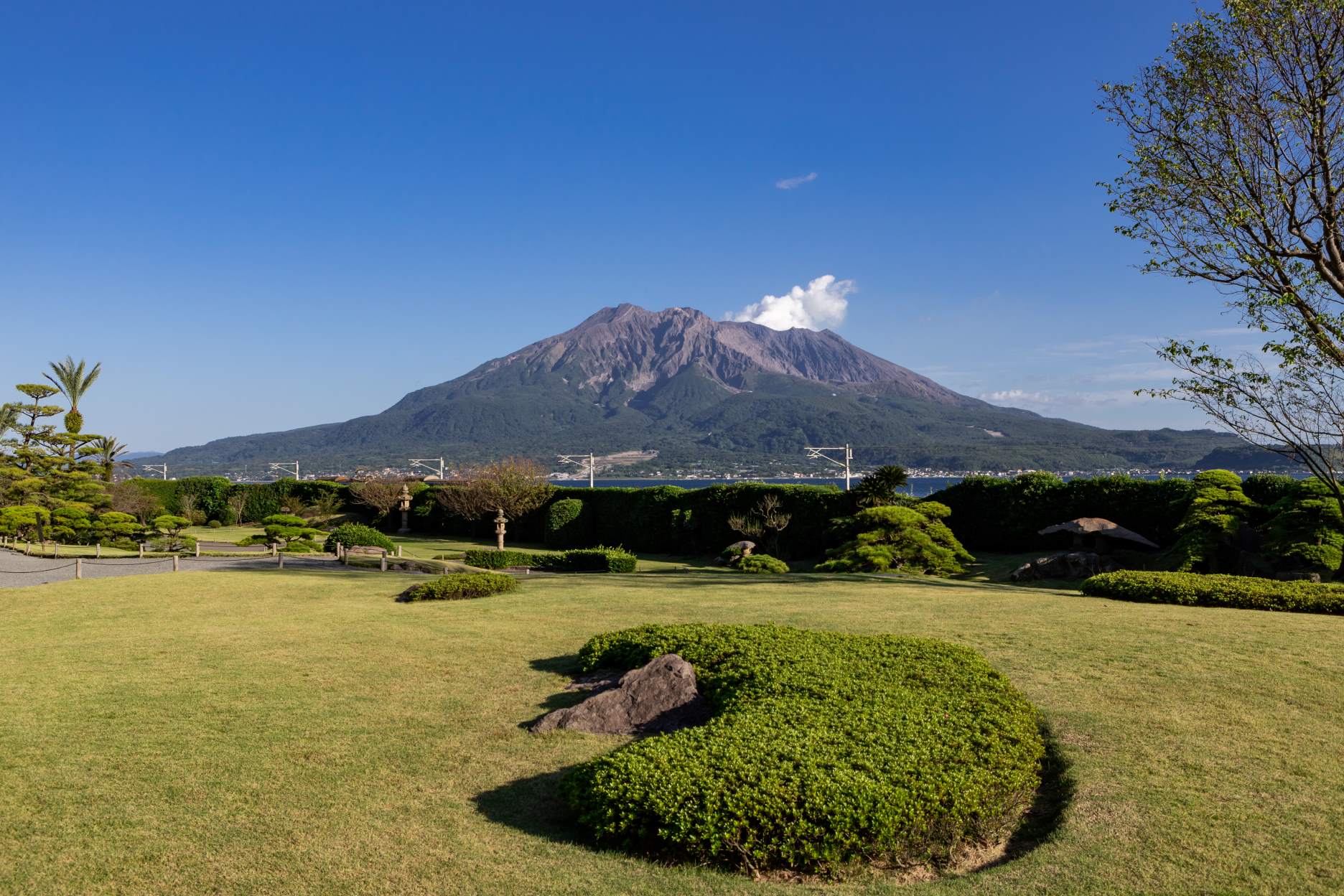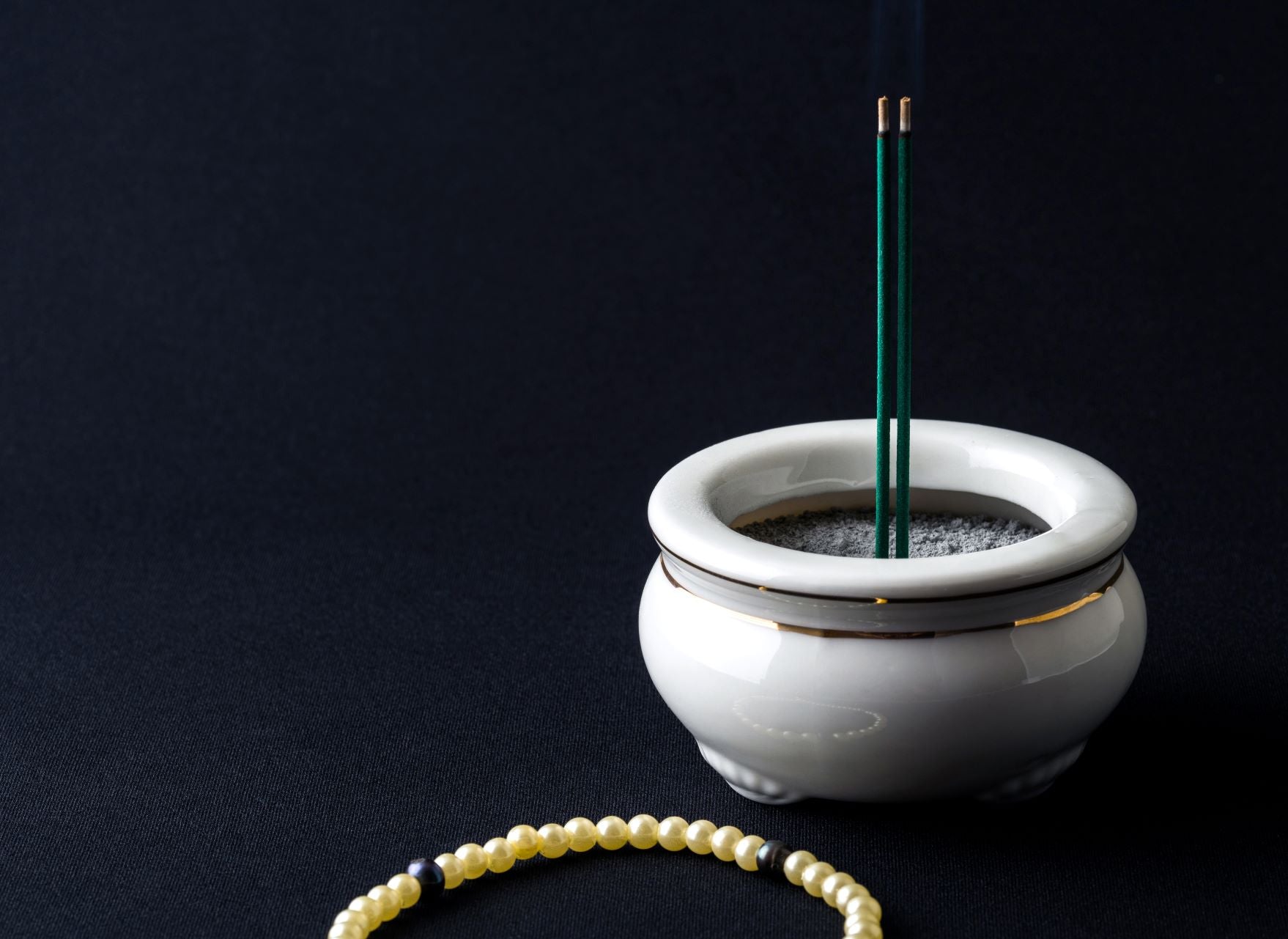
Don't make mistakes! Etiquette and how to choose wrapping paper [for beginners]
Introduction
It is customary to wrap a gift in paper when giving it as a gift.
Also, there are certain taboos regarding gifts, such as the number of items, what not to give, etc. Be careful when giving gifts to elderly people, especially, so as not to make the recipient feel uncomfortable.

What is wrapping paper?
When buying a gift at a department store, you will often be asked, "What kind of wrapping paper would you like?" It is customary to wrap a gift with wrapping paper when giving it as a gift.
The formal way to wrap an item is to cover it with hosho paper, tie a mizuhiki string on it, and in celebratory occasions, attach a noshi (traditional Japanese paper wrapping), but nowadays it is common for the mizuhiki string and noshi to also be printed on it.
The customs for mizuhiki and noshi are the same as for congratulatory and condolence envelopes.
For weddings, we use a red and white or gold and silver knot with a noshi tag, for funerals and memorial services, we use a black and white or double silver/yellow and white knot with noshi tag, and for celebrations that are happy to happen many times, we use a red and white bow with a noshi tag.

Frequently used wrapping paper and envelopes
For the wrapping paper, the purpose should be written above the mizuhiki and the name (usually the surname or full name) below.
- Red and white bow with noshi : Used for general celebrations and everyday gifts. Examples: midyear gifts, year-end gifts, general celebrations, New Year's gifts, etc.
- Red and white knotted paper with noshi : Used for weddings and gifts in return for sick visitors. Examples: wedding gifts, gifts in return for wedding gifts, gifts to thank matchmakers, etc.
- Black and white knotted with noshi : Used for offerings and condolence money in funerals. Examples: Return gifts for offerings, condolence money, offerings at memorial services, etc.




